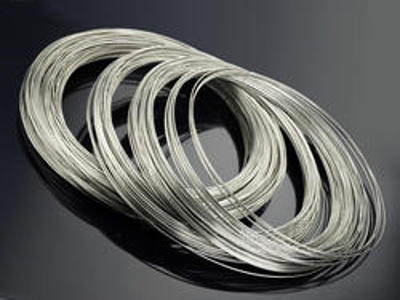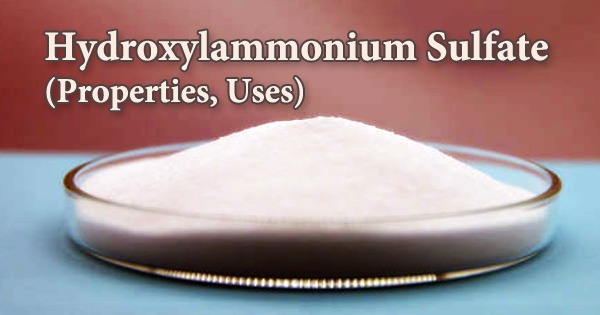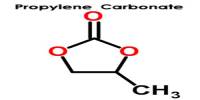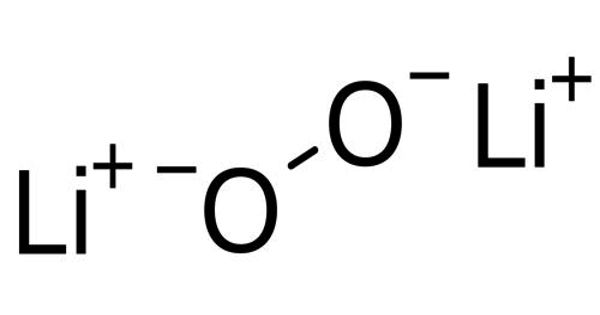Silver is one of the finest metals our world has to offer us. Nickel silver is different from plated silver in that nickel silver is not plated with silver and does not contain any real silver at all. It is certainly beautiful, with the highest quality shine of all the metals. It also is known as Maillechort, German silver, Argentan, nickel-brass, is a copper alloy with nickel and often zinc. It is also durable, strong, and hard; making it useful to mankind for many different reasons. Its composition varies from 7 to 30 percent nickel, the alloy most widely used is 18 percent nickel silver (18 percent nickel, 62 percent copper, 20 percent zinc). The usual formulation is 60% copper, 20% nickel, and 20% zinc.
Nickel silver is named due to its silvery appearance, but it contains no elemental silver unless plated. The name “German silver” refers to its development by 19th-century German metalworkers from the Chinese alloy known as paktong or baitong. Their color ranges from nearly white in the 30 percent alloy to pale brassy yellow in the alloys with low nickel content. Silver is malleable and ductile, which means it can be melted, beaten, and formed into thin sheets of wire.

Fig: Nickel Silver – thin sheets of wire
All modern, commercially important nickel silvers (such as those standardized under ASTM B122) contain significant amounts of zinc and are sometimes considered a subset of brass. The importance of these alloys lies in their color, ductility, good mechanical properties, and suitability for working in a wide variety of cast, rolled and extruded, or drawn shapes. Nickel silver has many uses, including in the making of musical instruments, art and sculptures, and costume jewelry. It develops a brownish-green patina when exposed to oxygen and that is why when women wear “fake” jewelry their fingers turn green.
Uses
Nickel silver is used extensively for electroplated table and ornamental silverware, for jewelry, for architectural and ornamental metalwork, for some food and chemical equipment, and for marine and plumbers’ fittings. It is ideal to use in making costume jewelry as it is durable yet malleable and easy to craft into intricate designs.
- It is used in zippers, better-quality keys, costume jewelry, for making musical instruments (e.g., flutes, clarinets), and is preferred for the track in electrically powered model railway layouts, as its oxide is conductive.
- It may be wrought, cast, rolled, stamped, forged, drawn, extruded, and machined for all its uses.
- It is widely used in the production of coins (e.g. Portuguese escudo and the former GDR marks).
- Its industrial and technical uses include marine fittings and plumbing fixtures for its corrosion resistance, and heating coils for its high electrical resistance.
It has been historically used for: silverware, zippers, keys, instruments, jewelry, coins, plumbing fixtures, heating coils, bracelets, armbands, hair plates, earrings, belt buckles, marine fittings, doorknobs, and hub caps.
















